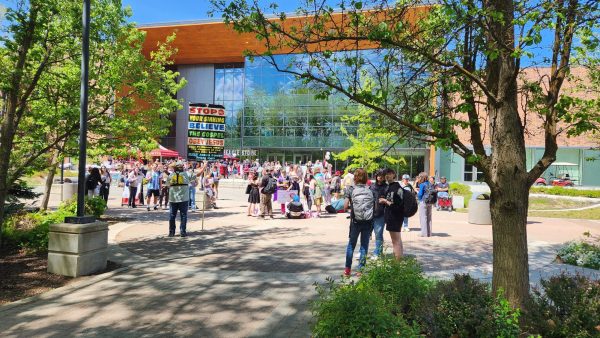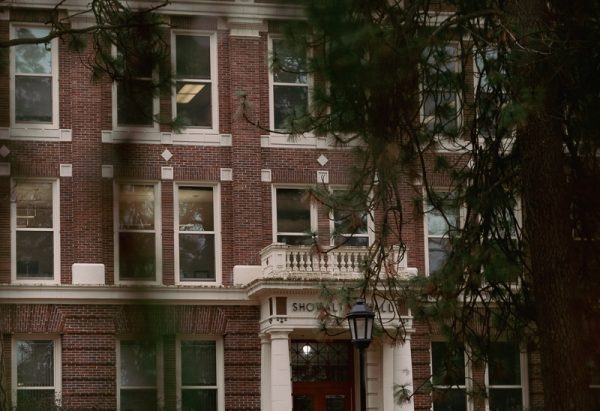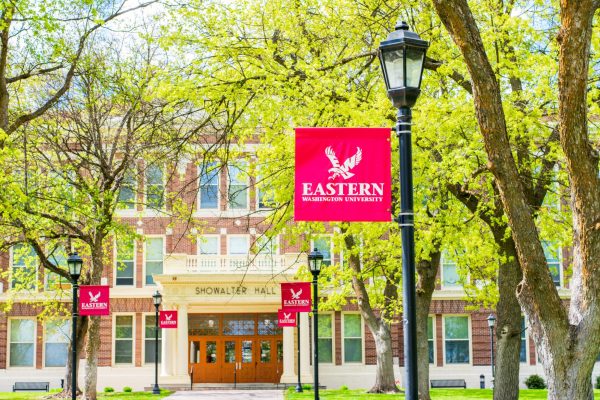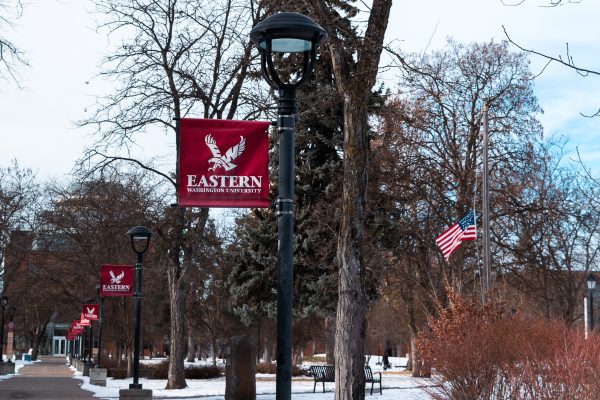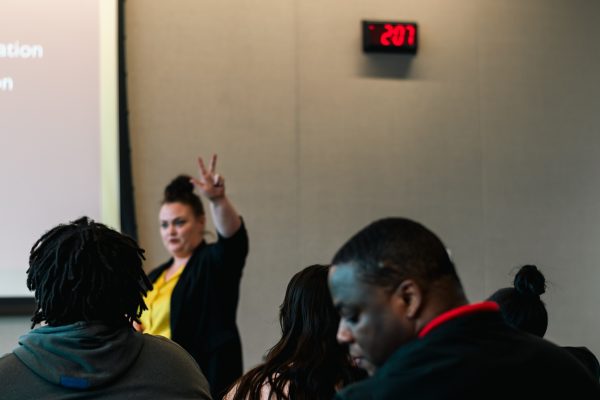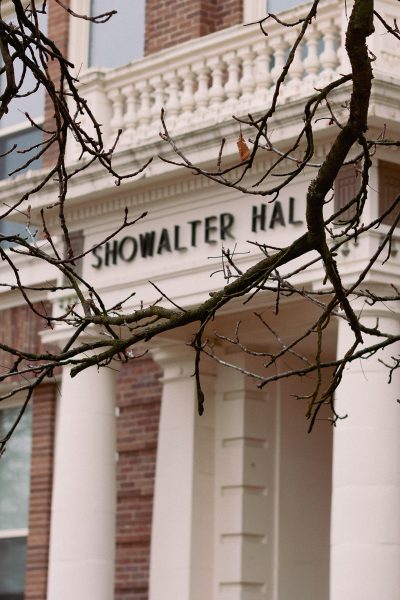Service and Activities Fee Committee distributes nearly $4.9 million each year
May 16, 2013
There are questions among Eastern students about how their service and activities fees are used, how the allocating decisions are made and where the money goes.
According to Vice President for Student Affairs Stacey Morgan Foster, who is a Service and Activities Fee Committee member, service and activities fees are part of tuition and are tied to tuition rates.
When tuition rates go up, service and activities fees can also go up, but only in proportion to the rise in tuition. This is optional, however. Fees do not have to go up when tuition goes up.
“Almost $4.9 million gets distributed each year,” said Morgan Foster.
The job of the Service and Activities Fee Committee is to plan and present the service and activities budget for approval by the board of trustees, according to the Service and Activities Fee Committee web page. This process includes a lot of financial research and reading by committee members, according to LeeAnn Case, associate vice president of auxiliary and business services and a committee member.
“I’ve been on the committee for the last three years, and the students are always very thoughtful in their decision-making process. … They think things through at a very mature level,” Case said.
The first step in the allocation process is current financial obligations. Morgan Foster said, “Anything that was secured by a loan is paid first.” Currently, the PUB has some outstanding debt, and that is accounted for before any other budgeting is done.

Morgan Foster said that until 2011, groups with larger service and activities-funded budgets automatically received set percentages of the service and activities budget. Starting in 2011, however, the Service and Activities Fee Committee worked with the board of trustees to institute a new system in which departments were required to submit a new budget proposal every year rather than automatically receiving funding.
This means that every group or department that wants service and activities funding for the coming year fills out a budget spreadsheet form ahead of time and provides a written rationale supporting the budget.
Smaller groups simply submit paperwork, but departments with larger budgets usually attend a service and activities meeting to make their budget proposals in person, according to Case.
Then all of the budget requests are compiled so that the committee can see the big picture.
According to the Service and Activities Fee Committee web page, the committee discusses and considers each proposal based on its committee guidelines and its general criteria for evaluating funding requests.
Criteria include, but are not limited to, the degree to which the funding request would support student programs or provide a direct student service that is useful to most students, and the likelihood of finding funding from another source, according to the Service and Activities Fee Committee guidelines for funding on its web page.
Morgan Foster said that the Service and Activities Fee committee maintains what is called a carry-forward fund. At the end of each year, all unused service and activities funding from groups that did not spend all of the money that year are put into the carry-forward fund.
During some years, this has allowed the committee to operate with supplemental funding and to allocate more funding for special projects.
“We want groups to operate within the budget, but we also want to provide for supplemental funding in case of unexpected opportunities or expenses,” said ASEWU Finance Vice President Markus Hammond, the Service and Activities Fee Committee chairman.
For example, according to Case, the campus recreation group had a large jump in its expenditures this year, compared to its original budget.
This was because after the original budget had been approved by the board of trustees, the group had the opportunity to purchase two new buses to serve students at sporting events, intramurals and other similar events.
Other special projects funded this school year, according to Hammond and Service and Activities Fee Committee meeting minutes, include club sports teams that had an unexpected opportunity to participate in a national championship; the Macklemore concert; and a new digital mixing board for the PUB multipurpose room.
These out-of-budget requests were made using the supplemental request form, which, according to Case, is a form that groups can use to make special budget requests that fall outside of their usual annual proposal.
“Over the last two years, the [committee] has become very transparent. They put everything on the Internet. Anyone can come to a service and activities meeting,” said Morgan Foster. “The service and activities committee is an independent committee that is not controlled by student government. The purpose [of that] is to avoid any entanglement because the service and activities gets money themselves, and there needs to be a purposeful intention to have the group be as independent as possible.”
“The committee is heavily weighted toward students,” said Case. “It’s student money, so we want students to have a large say in how the money is spent.”
Students with concerns, ideas or questions about the Service and Activities Fee Committee or its budgeting process can contact the ASEWU financial vice president.



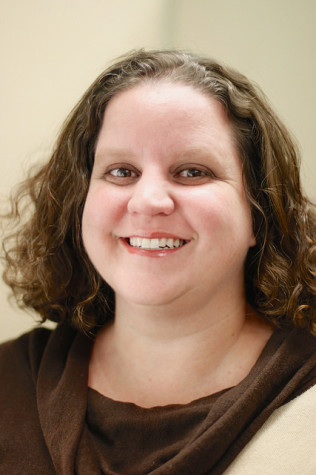


![Simmons said the biggest reasons for her success this year were “God, hard work, and trusting [her] coach and what she has planned.”](https://theeasterner.org/wp-content/uploads/2024/05/image1-1-1200x800.jpg)

